The Mercury Cougar: A Tale of Shifting Identities and Enduring Style
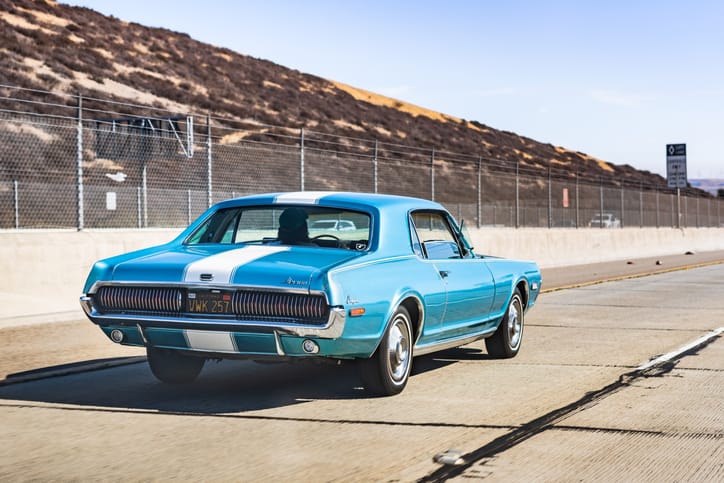
The Mercury Cougar prowled the American automotive landscape for over three decades, leaving behind a legacy as diverse as its many incarnations. From its muscular beginnings as a pony car rival to the Mustang, to its luxurious grand touring days, the Cougar's story is one of adaptation, evolution, and ultimately, a bittersweet farewell. In this article, we'll delve into the Cougar's fascinating history, exploring its key generations, design philosophies, and the factors that shaped its identity.
Born to Chase the Mustang (1967-1973):
In 1967, the Mercury division of Ford saw an opportunity to capitalize on the runaway success of the Ford Mustang. Thus, the Cougar was born, sharing the Mustang's platform but boasting a more upscale design and luxurious interior. This first generation, available in coupe and convertible body styles, offered a range of engines, from peppy V6s to powerful V8s, catering to both performance enthusiasts and comfort seekers. The early Cougars were known for their sleek, fastback profile, hidden headlights, and optional sequential taillights, making them stand out from the crowd.
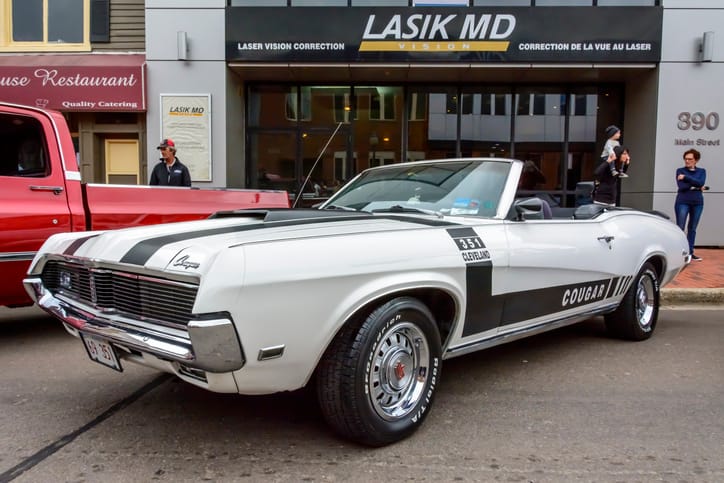
Muscle Car Metamorphosis (1974-1979):
The oil crisis of the early 1970s forced a shift in automotive priorities. The Cougar, like many other muscle cars, shed its sporty character and embraced a more practical, intermediate-sized platform. This generation, based on the Ford Torino, offered a wider range of body styles, including sedans and station wagons, catering to families and budget-conscious buyers. While performance took a backseat, the Cougar retained its stylish design, with notable features like opera windows and optional landau roofs.
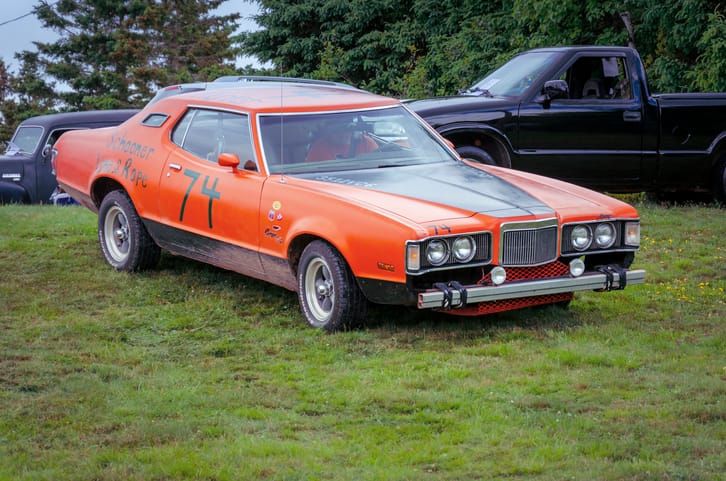
Luxury Grand Touring (1980-1997):
The 1980s saw the Cougar undergo a dramatic transformation, adopting a front-wheel-drive platform and morphing into a luxurious grand tourer. This generation, based on the Ford Thunderbird, offered a comfortable ride, refined handling, and a plethora of luxury features. The boxy design of the previous generation was replaced by a sleek, aerodynamic silhouette, further emphasizing the Cougar's newfound focus on comfort and refinement.
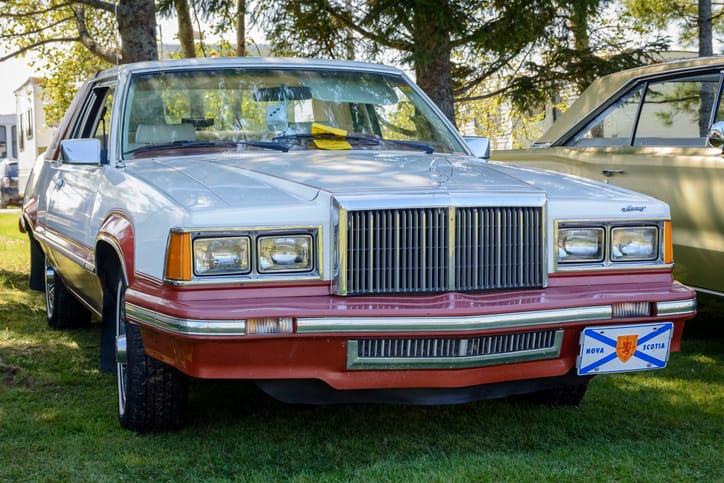
The Final Chapter (1999-2002):
For its final act, the Cougar returned to its sporty roots, sharing a platform with the Ford Mondeo. This final generation was a two-door coupe aimed at younger buyers, offering a balance of performance and everyday practicality. While featuring a modern design with a distinct grille and sharp lines, it lacked the iconic status of its earlier iterations. Ultimately, declining sales and the discontinuation of the Mondeo platform led to the Cougar's demise in 2002.
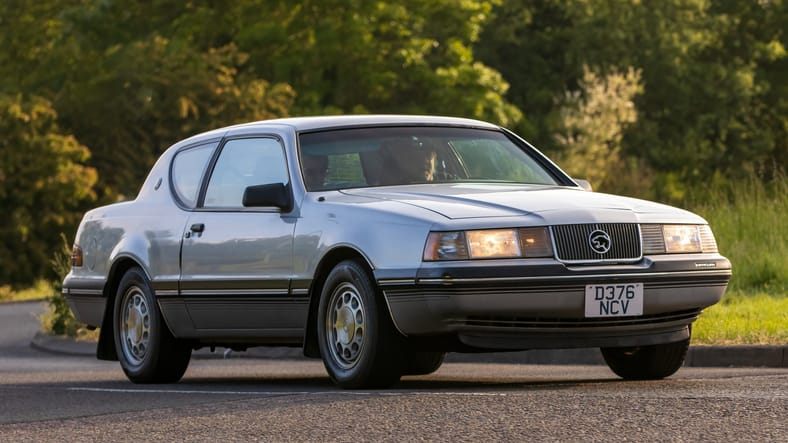
Beyond the Generations:
The Cougar's story extends beyond its individual generations. It was a car that resonated with different segments of the market at different times. It was a muscle car competitor, a family-friendly option, and a luxurious cruiser, all rolled into one nameplate. This versatility, coupled with its stylish design, made the Cougar a popular choice for over three decades.
Enduring Legacy:
Despite its discontinuation, the Cougar's legacy lives on in the hearts of enthusiasts and collectors. Its various iterations continue to be sought after, with some models fetching high prices at auctions. The Cougar's story is a reminder that cars can be more than just machines; they can be cultural icons that reflect the changing times and embody the aspirations of their owners.
In conclusion:
The Mercury Cougar's journey was one of constant evolution, adapting to market trends and consumer preferences. From its muscle car roots to its luxurious grand touring days, the Cougar left an indelible mark on American automotive history. Its story is a testament to the power of design, performance, and versatility in shaping a car's identity and enduring legacy.
